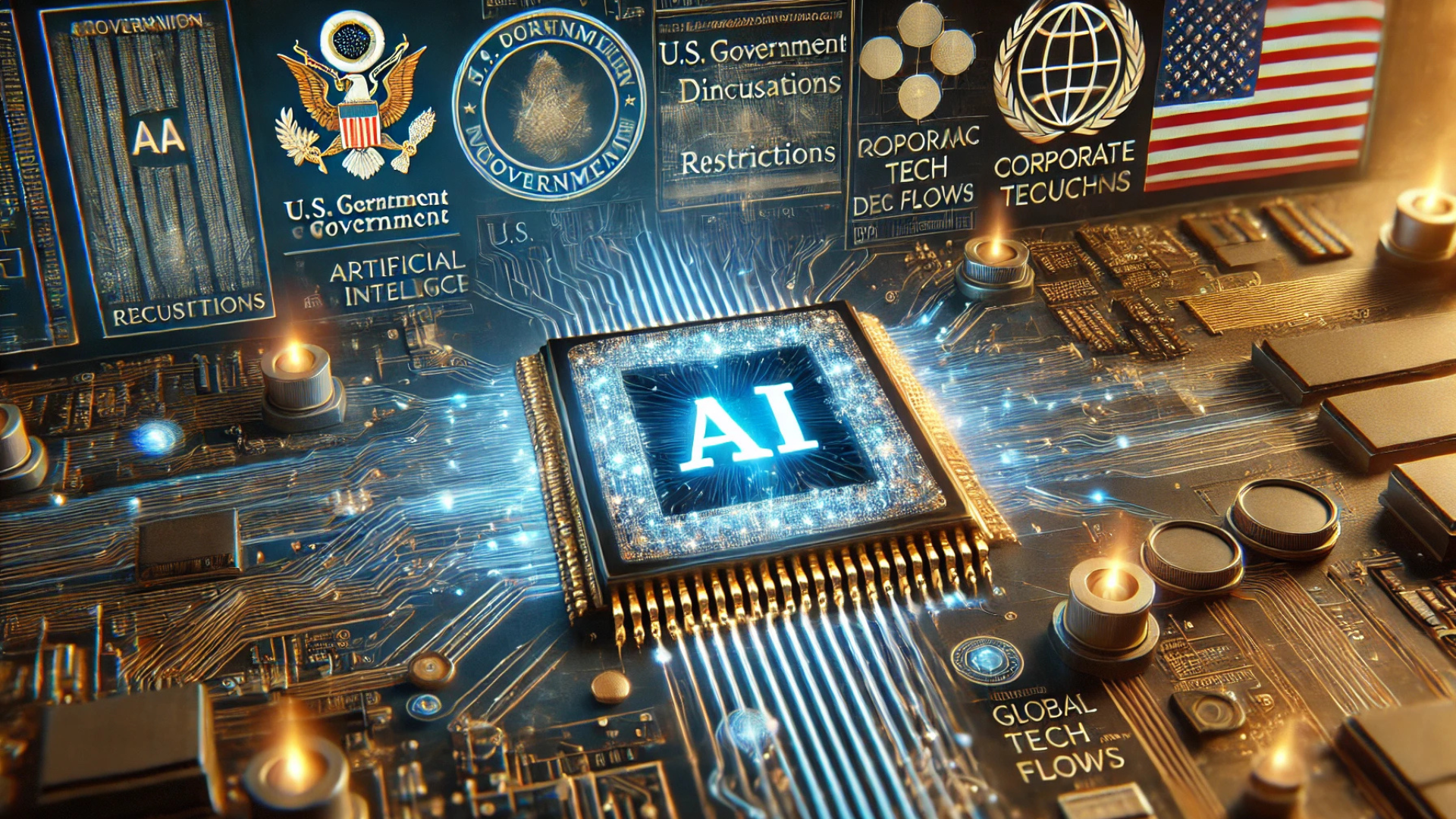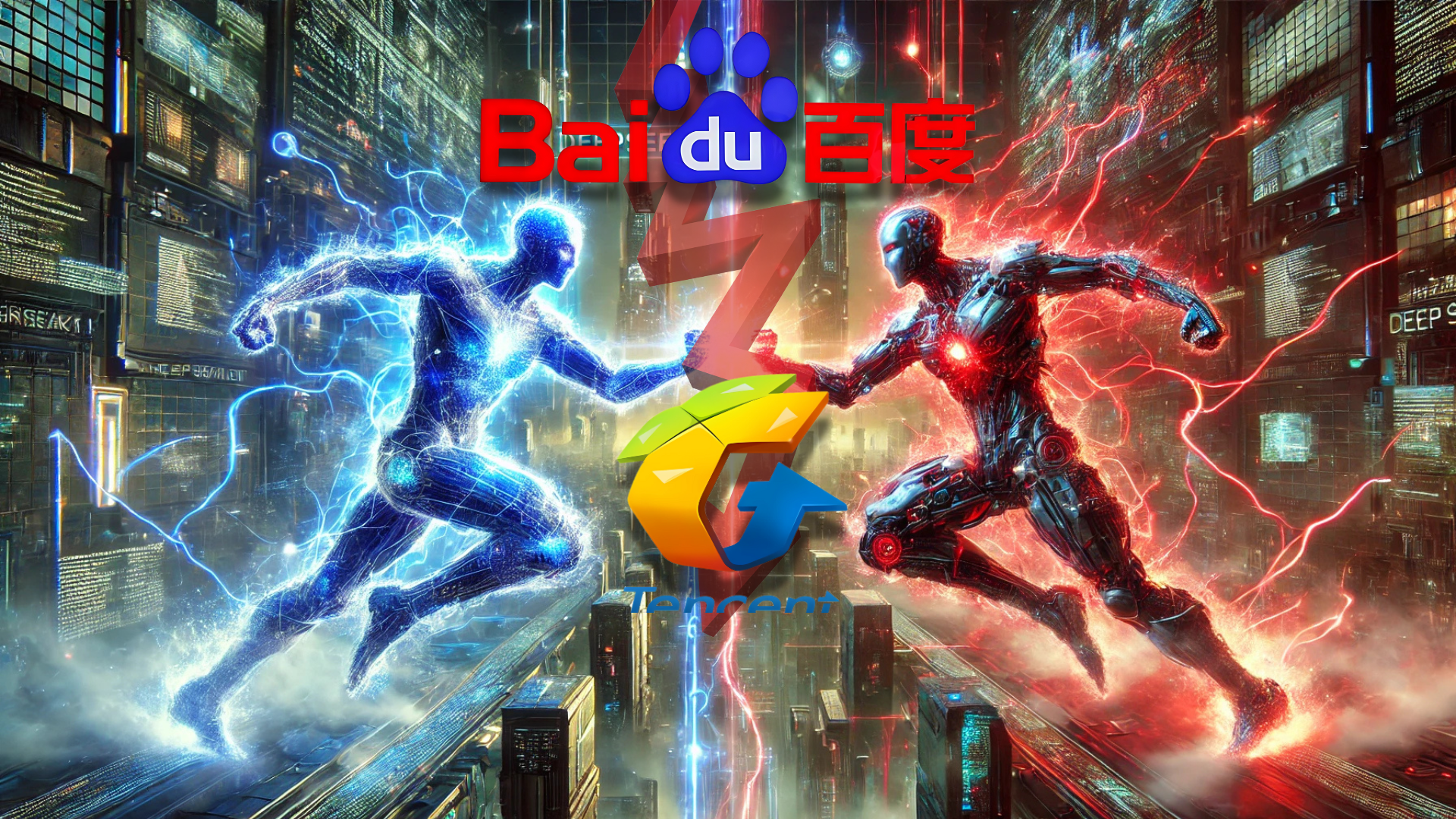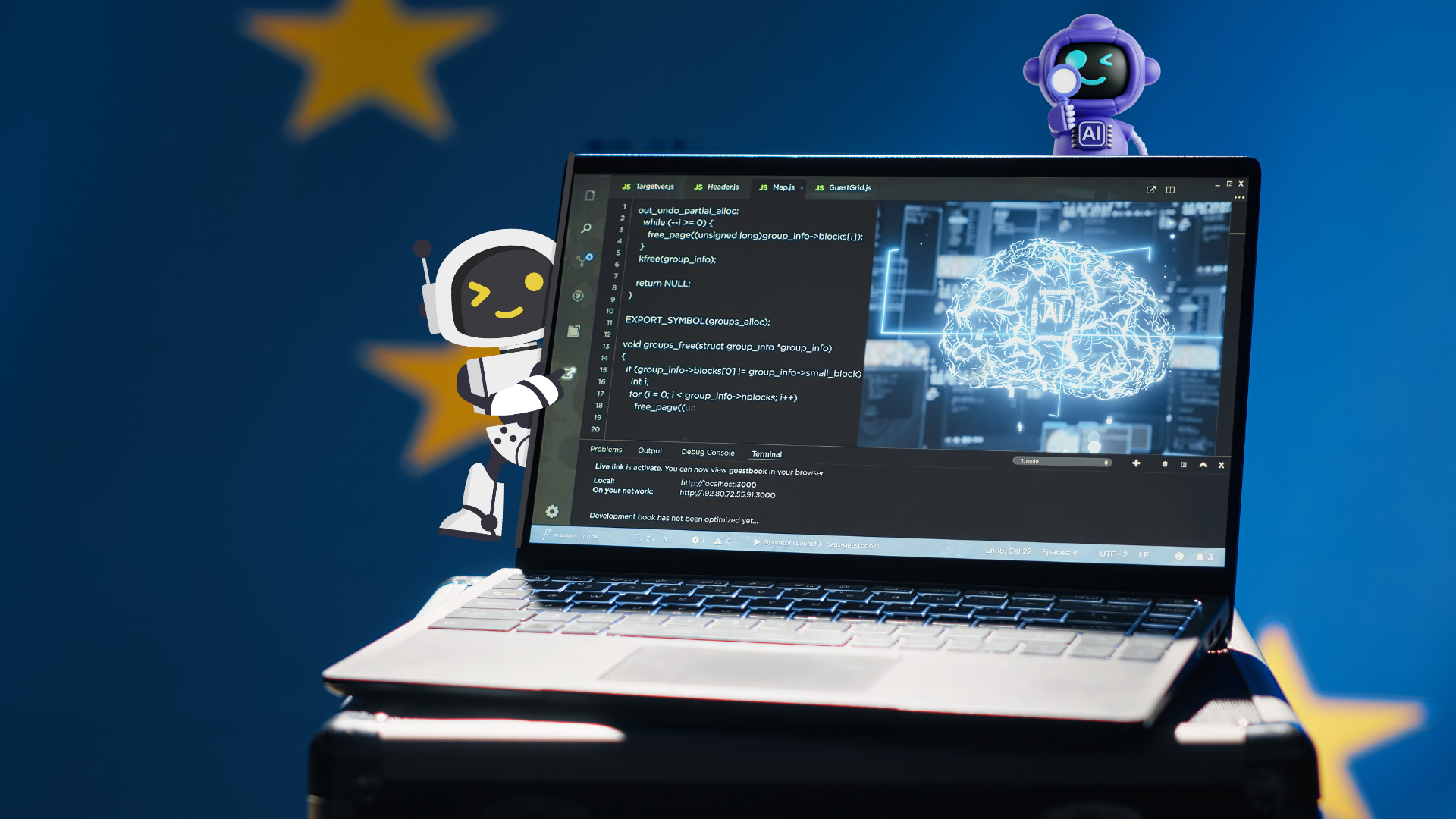
Nvidia’s optimistic growth forecast for the first quarter of 2025 reaffirms the surging demand for its artificial intelligence (AI) chips. The company highlighted that orders for its new Blackwell semiconductors were exceptionally strong, helping to dispel concerns about a potential slowdown in hardware spending.
Strong Market Performance and AI Growth
Nvidia’s stock initially rose in response to the announcement before experiencing slight fluctuations in extended trading. The company remains the biggest beneficiary of the ongoing AI-driven stock rally, with its shares increasing by over 400% in the past two years. CEO Jensen Huang expressed confidence in the company’s trajectory, emphasizing that “AI is advancing at light speed” and that demand for Blackwell chips has been “amazing.”
“We’ve successfully ramped up the massive-scale production of Blackwell AI supercomputers, achieving billions of dollars in sales in its first quarter,” Huang stated.
Nvidia is undergoing a significant product transition, moving to its Blackwell chip architecture. This shift marks a transition from selling individual chips to offering fully integrated AI computing systems that combine graphics chips, processors, and networking technology.
Revenue and Market Expectations
In the fourth quarter, Nvidia generated $11 billion in revenue from Blackwell-related products, accounting for nearly 50% of its total data center revenue. The company projects total revenue of $43 billion for the first quarter, slightly above analysts’ estimates of $41.78 billion, according to LSEG data.
The forecast comes amid market skepticism following the rise of DeepSeek, a Chinese AI startup that claimed to have developed AI models competitive with Western counterparts at a lower cost. However, Nvidia’s strong financial performance has helped ease doubts surrounding the Blackwell rollout.
Challenges and Margin Pressures
Despite the promising growth, Nvidia’s first-quarter gross margin forecast of 71% fell slightly below Wall Street expectations of 72.2%. The company’s Chief Financial Officer, Colette Kress, assured investors that gross margins would return to the mid-70% range later in the fiscal year as Blackwell chip production scales up and costs decline.
Last month, the AI stock rally lost some momentum after Nvidia suffered a $593 billion market value loss in a single day—the largest one-day loss in U.S. corporate history. Investors questioned the sustainability of AI chip demand and the high capital expenditures promised by major tech firms, including Microsoft and Meta Platforms. Microsoft has committed $80 billion to AI investment in the current fiscal year, while Meta has pledged up to $65 billion.
Amid concerns over potential oversupply in the data center market, a brokerage report suggested that Microsoft had scrapped leases for large U.S. data center capacities. However, Reuters reported that Chinese companies are ramping up orders for Nvidia’s H20 AI chips due to increasing demand for DeepSeek’s low-cost AI models.
Key Partnerships and Financial Performance
Despite competitive pressures, Nvidia continues to secure key partnerships. The company’s Spectrum X ethernet technology will be integrated into the U.S. government’s Stargate data center project, as confirmed by CFO Kress.
Financially, Nvidia continues to outperform expectations. The company reported adjusted earnings per share of $0.89, exceeding estimates of $0.84 per share. Revenue for the fourth quarter surged 78% to $39.3 billion, surpassing analysts’ forecasts of $38.04 billion. The data center segment, which represents the majority of Nvidia’s revenue, saw a 93% year-over-year increase, reaching $35.6 billion—well above the expected $33.59 billion.
Nvidia’s latest earnings report and growth forecast signal strong demand for AI chips despite emerging competition. The company’s ability to scale its Blackwell chip production and maintain its dominance in the AI hardware market will be closely watched in the coming months. With continued innovation and key partnerships, Nvidia remains at the forefront of the AI revolution, shaping the future of computing and digital infrastructure.





















































































